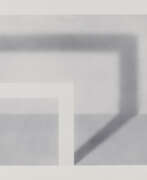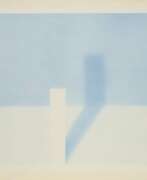Collotype

Collotype
Collotype was a sophisticated photomechanical printing technique, known for its ability to reproduce images with exceptional detail and tonal range. This method, originating in France in the mid-19th century, became popular for its precise replication of photographs, artworks, and documents.
The special features of collotype include its high-resolution output and rich gradations, making it a preferred choice for art reproduction. Unlike other printing methods, collotype does not use a screen or dot pattern, resulting in smooth, continuous tones. This technique involves coating a glass plate with a light-sensitive gelatin layer, exposing it to an image, and then using it to print on paper. The process is intricate, requiring skilled craftsmanship to achieve high-quality prints.
Many renowned museums and galleries, such as the Metropolitan Museum of Art and the British Museum, house collotype prints in their collections. These prints are valued for their historical significance and visual fidelity, offering a glimpse into the meticulous art of printmaking.
Sign up for updates on collotype prints and related auction events to explore new product sales and discover unique pieces of this fascinating printing technique.
| Country: | Europe, France |
|---|---|
| Start of the period: | 1855 |







